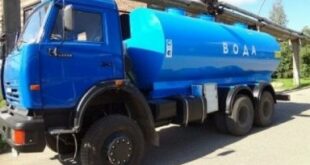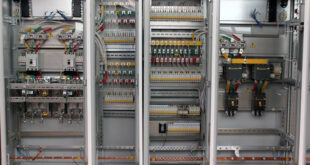Use of Fluoride glass in optical fiber:
Fluorinated glass is a class of non-oxide optical quality glasses made from fluorides of various metals. Because of their low viscosity, it is very difficult to completely avoid crystallization (or extrusion of fibers from the melt) when processing it through glass transitions. Thus, although there is very low optical attenuation in the heavy metal fluoride glasses (HMFGs), they are not only difficult to fabricate, but also quite fragile, and have poor resistance to moisture and other environmental attacks. The best characteristic of HMFGs is that they lack the absorption band associated with the hydroxyl (OH) group (3,200–3,600 cm; i.e., 2,777–3,125 nm or 2.78–3.13 μm), which is present in almost all oxide-based glasses is present. ZBLAN glass group is one example of fluoride heavy glass, which is composed of zirconium, barium, lanthanum, aluminum, and sodium fluoride. Their main technical application is as optical waveguides in both planar and fiber forms. They are particularly advantageous in the mid-infrared (2,000–5,000 nm) range. As the intrinsic loss of mid-IR fibers could in principle be lower than those of silica fibers, which are only transparent down to 2 µm HMFGs were initially the hope for the optical fiber applications. Although, in practice, losses that are that much low were never realized, and the fragility and high cost of fluoride fibers made them less than ideal as primary candidates. Later, the usefulness of fluoride fiber for various other applications was discovered. These consist of fiber optic sensors, thermometry, mid-IR spectroscopy, and imaging. In addition, fluoride fibers can be used for directed lightwave transmission in media such as the YAG (yttrium aluminum garnet) laser at 2.9 µm, as required for medical applications (such as ophthalmology and dentistry). Most of the optical products manufacturer present in the market takes advantage of the custom optical beamsplitters and precision optical polarizers to make the whole optic manufacturing process cheap, time efficient and increases the efficiency of whole process.
Chalcogenide glass
Chalkogens – elements in group 16 of the periodic table – specifically sulfur (S), selenium (Se), and tellurium (Te) – react with more electropositive elements such as silver to form chalcogenides. These compounds are extremely versatile in nature, in that they can be crystalline or amorphous, metallic or semiconducting, and conductors of ions or electrons. Glass containing chalcogenide can be used to make fibers for far-infrared transmission
 Независимый информационно-новостной строительный портал Москвы ETI-Online.org
Независимый информационно-новостной строительный портал Москвы ETI-Online.org 


